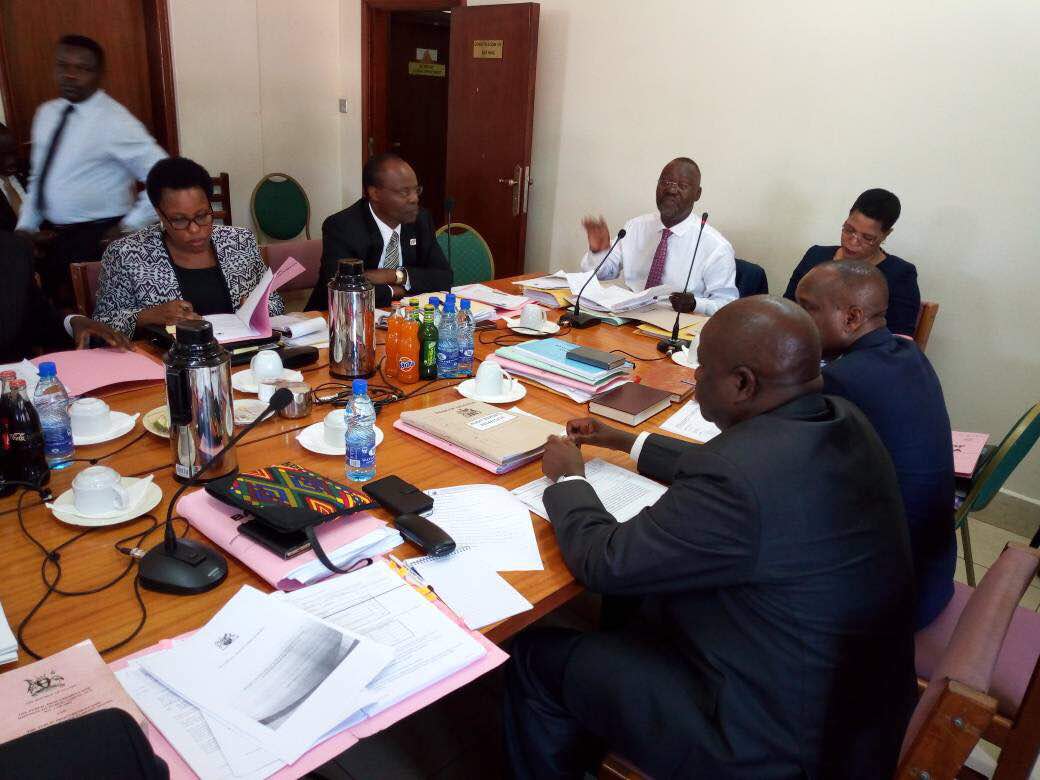The Bank of Uganda (BoU) has maintained the Central Bank Rate (CBR), a benchmark lending rate for commercial banks at 9%for the third time running.
Prof. Emmanuel Tumusiime-Mutebile, the BoU Governor, said the Central Bank maintained a neutral monetary policy stance in order to keep inflation close to the target of 5% and the need to contribute to attaining sustainable economic growth.
This is after annual headline inflation increased to 3.1% in July 2018, up from 2.1 in June 2018, while annual core inflation (which excludes items whose prices are volatile) rose to 2.5% in July 2018, up from 0.8% in June 2018.
He added that economic growth continues to strengthen.
“The real Gross Domestic Product (GDP) growth for FY 2017/18 is estimated at 5.8 percent compared to 3.9 percent in FY 2016/17. Economic growth is projected to strengthen further in FY 2018/19 to 6 percent and to an average of about 6.3 percent over the medium-term supported by public infrastructure investments, improving agricultural productivity, recovery in Foreign Direct Investment (FDI), and strengthening private sector credit (PSC) growth partly as a consequence of the monetary policy easing,” he said, adding: “Indeed, weighted average lending rates fell to 17.7 percent in June 2018 from 25.2 percent in February 2016 when Bank of Uganda (BoU) started easing monetary policy.”
He however said that there are downside risks to this growth outlook including challenges relating to financing of public investment programmes and the weak external balance position coupled with escalation of global trade tensions.
Although public investment programs could substantially raise output and be self-financing in the long run, transitional challenges of funding these investments can be formidable, and may crowd out private investment and consumption, thus delaying the growth benefits of public investment.”
Mutebile revealed that the current account balance was relatively weaker in FY 2017/18, with the current account deficit as a ratio of GDP widening to 5.8 percent from 3.4 percent in FY 2016/17.
This deficit was partly funded by inflows in the financial account driven by FDI (Foreign Direct Investment) and other related inflows.
“The heightened depreciation pressures experienced during the last quarter of FY 2017/18 were in part driven by speculative activity in the foreign exchange market, which resulted in the exchange rate overshooting its long-run equilibrium. The foreign exchange market has, however, stabilised with only intermittent demand surges. The BoU international reserve levels remain adequate to maintain stability in the foreign exchange market,” Mutebile said.
He revealed that Core inflation is forecast to continue rising and peak in the range of 6-7 percent in the second half of FY 2018/19 but will stabilise around the medium-term target of 5 percent by end of 2019.
The rise is a result of a combination of several factors: increase in fuel prices, the closure of the negative output gap and the increased taxes.
He noted that a key risk to the inflation outlook is the shilling exchange rate which remains vulnerable to domestic market conditions and the possibility of tighter global financial conditions.
“The weaker shilling exchange rate combined with higher oil price assumptions could result in a more elevated inflation trajectory. Food prices are projected to remain low in the forecast horizon and are not seen as a major risk to the inflation outlook, but this can quickly change depending on the weather conditions,” he added.
Analysts had predicted a neutral stance.
Stephen Kaboyo, the Managing Director at Alpha Capital Partners, said: “BOU will have to balance the growth outlook and the incipient risks of higher than usual inflation against a backdrop of volatility in oil prices, weakening shilling, and the impact of the recently introduced fiscal measures.
Because of these upside inflationary risks, including supply shocks if oil prices continue to climb as well as possible further currency depreciation, the Central Bank will have to keep a watchful eye and maintain a neutral stance.”





